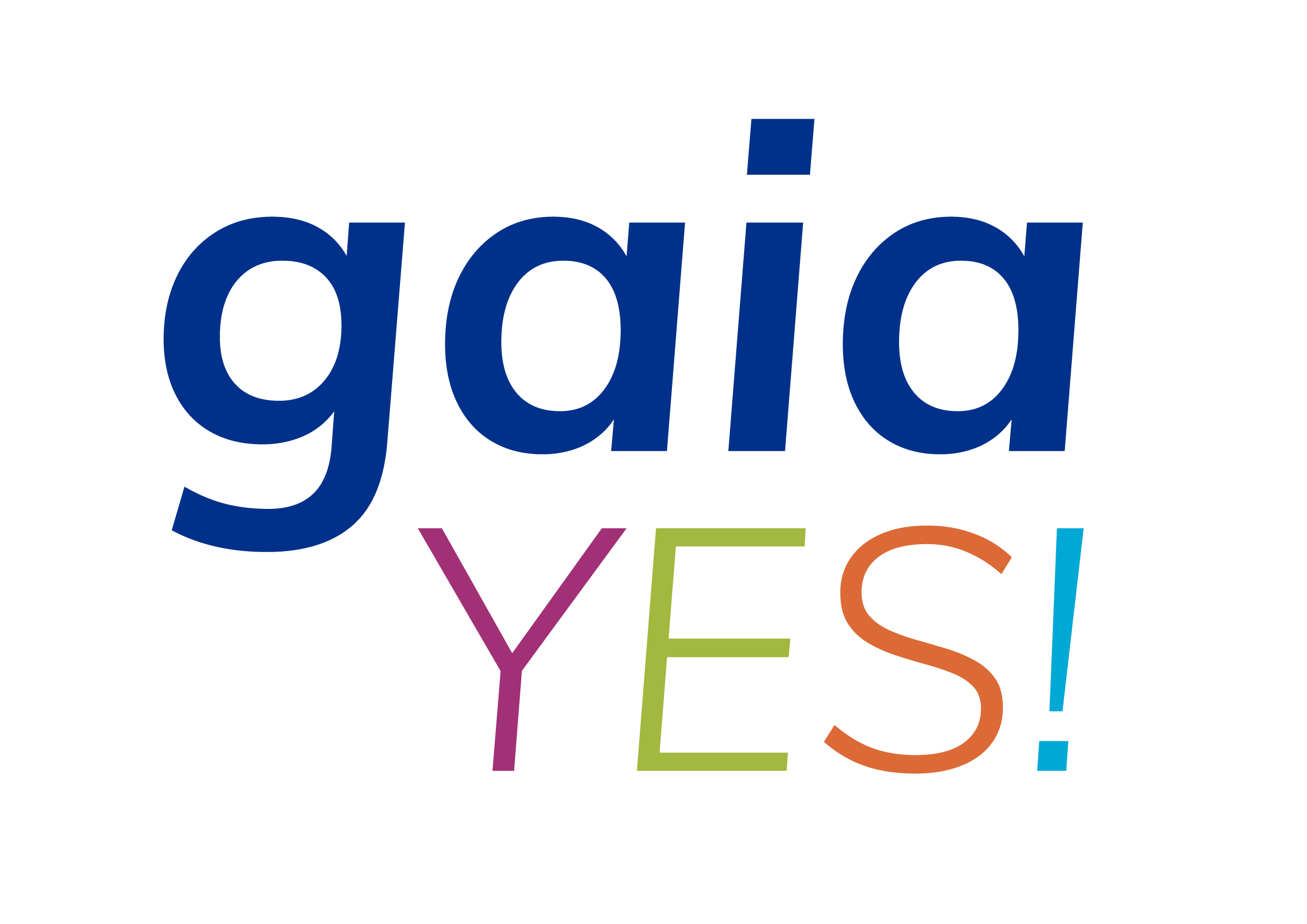SANDBOX

New technologies and business models can bring significant benefits to electricity consumers in the form of lower prices, new services and greater reliability. But the fundamental question remains how to encourage electricity providers and other entities to make such investments when regulation hinders the ability to test unproven concepts. This is where the 'sandbox' approach can offer a solution. In a sandbox environment, the regulator can, at its discretion, exempt parties from certain regulations that create a hurdle or barrier to the use of innovative technologies and concepts.
Where can sandboxes be used?
- New solar inverter technologies
- Emerging residential markets
- Behind-the-meter technology
- Stand alone energy systems
- Alternative regulatory models
Here the sandbox is used very broadly, both for unproven technologies where the government/investor is not yet convinced of their operation and value, and for the sandbox, of which the Dutch "Experimentation Scheme" is an example. This involves exemption from regulation, in particular the Electricity Act. This is also the direction the EU is taking with its directives, which member state governments have to transpose into national legislation.
Roadmap
- Describe what a sandbox is.
- What is the main advantage of a sandbox?
- Explore the possibilities of a 'sandbox' regime. (In the Netherlands this regulation is also known as an 'experimental regulation'.)
- Choose an example of a project that falls under the sandbox regulation that you would like to use. Describe the project, how many households there are, how people live there, how much public space there is to put something up, etc.
- Think of three ways of exchanging energy for this project: 'in cash', 'in kind' and 'immaterial'.
- On a large flip chart, make an infographic about this project. Include the following aspects, among others Project name, description of the community, parameters, description of the experiment, description of the scheme, the three ways of exchanging energy.
Target
Learn about legal legislation surrounding the design and implementation of new sustainable energy technologies
Learning outcomes
You can apply and evaluate measures to increase energy efficiency personally and in the community.
You can plan and discuss measures to apply renewable energy in your home, community and school
You can integrate influencing school/public policies related to energy production, supply, use into designs
‘
SDG
SDG 7: Affordable and Clean Energy
Necessities:
Flipchart, background information, drawing materials and writing utensils
Further resources
- https://www.slideshare.net/sustenergy/regulato- ry-sandboxes-in-the-energy-sector-dsm-university
- https://www.hieropgewekt.nl/kennisdossiers/blog- 1-vve-earth-house-the-most-important-change-we-morrow-already-should-use-our-energy
Assessment
- When can a 'sandbox' system be useful and used?
- How do you apply for a sandbox?
- What are the conditions for using a sandbox?
- Which of the three ways of exchanging energy do you like best?


0 comments
Leave a comment
Please log in or register to post a comment